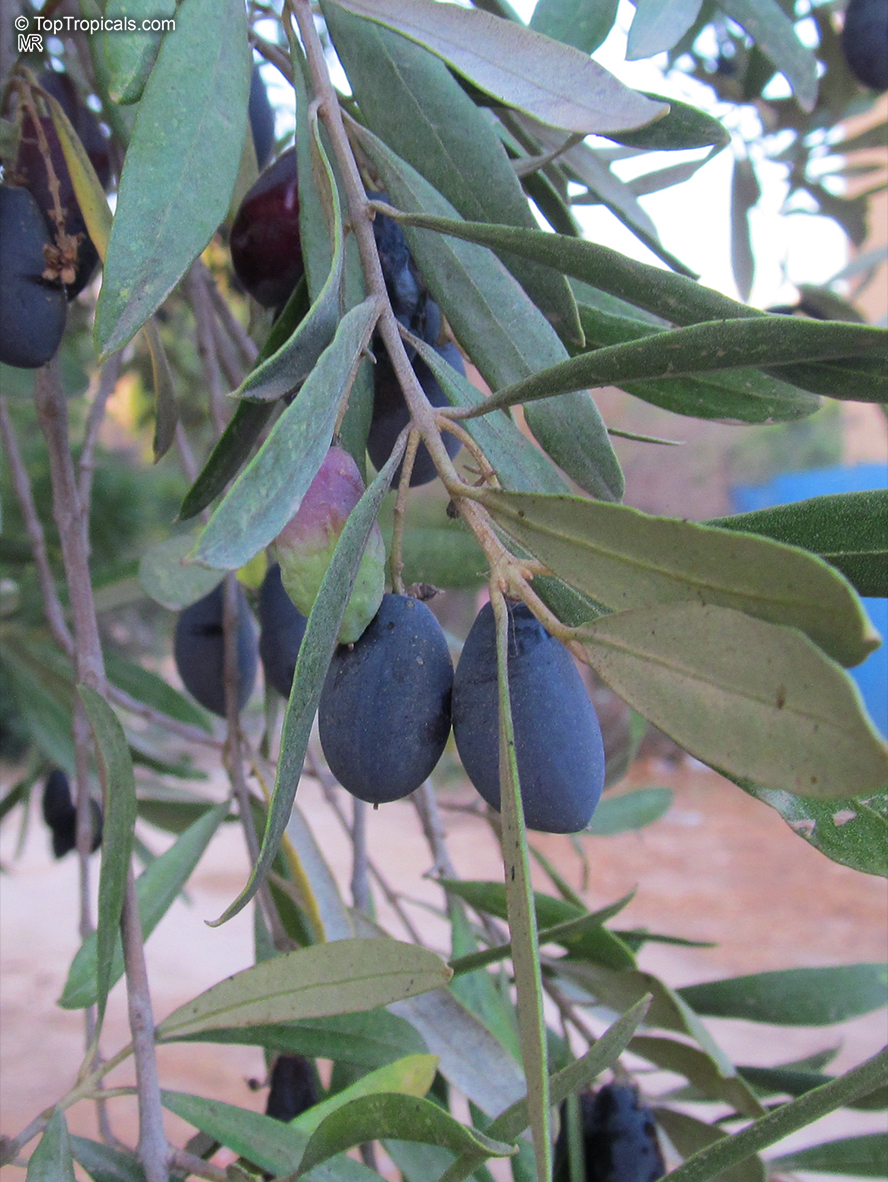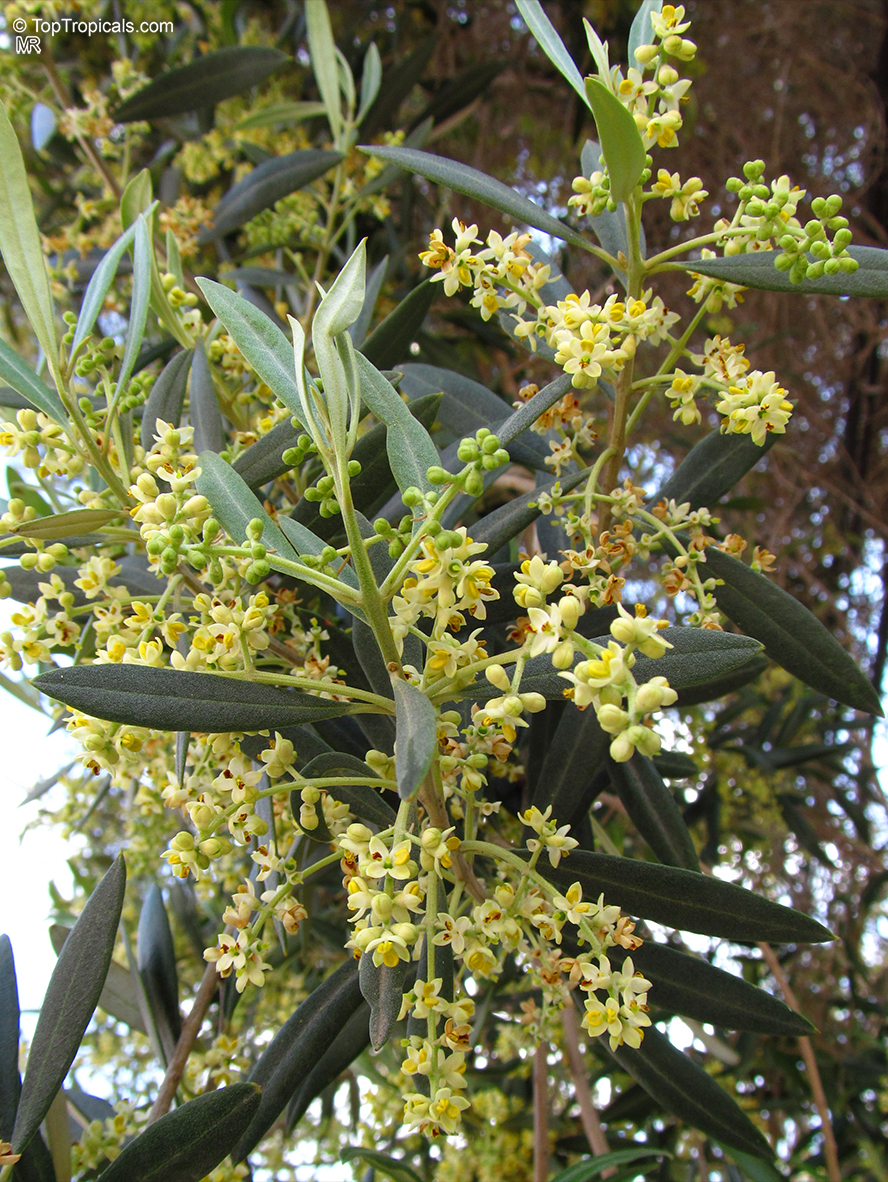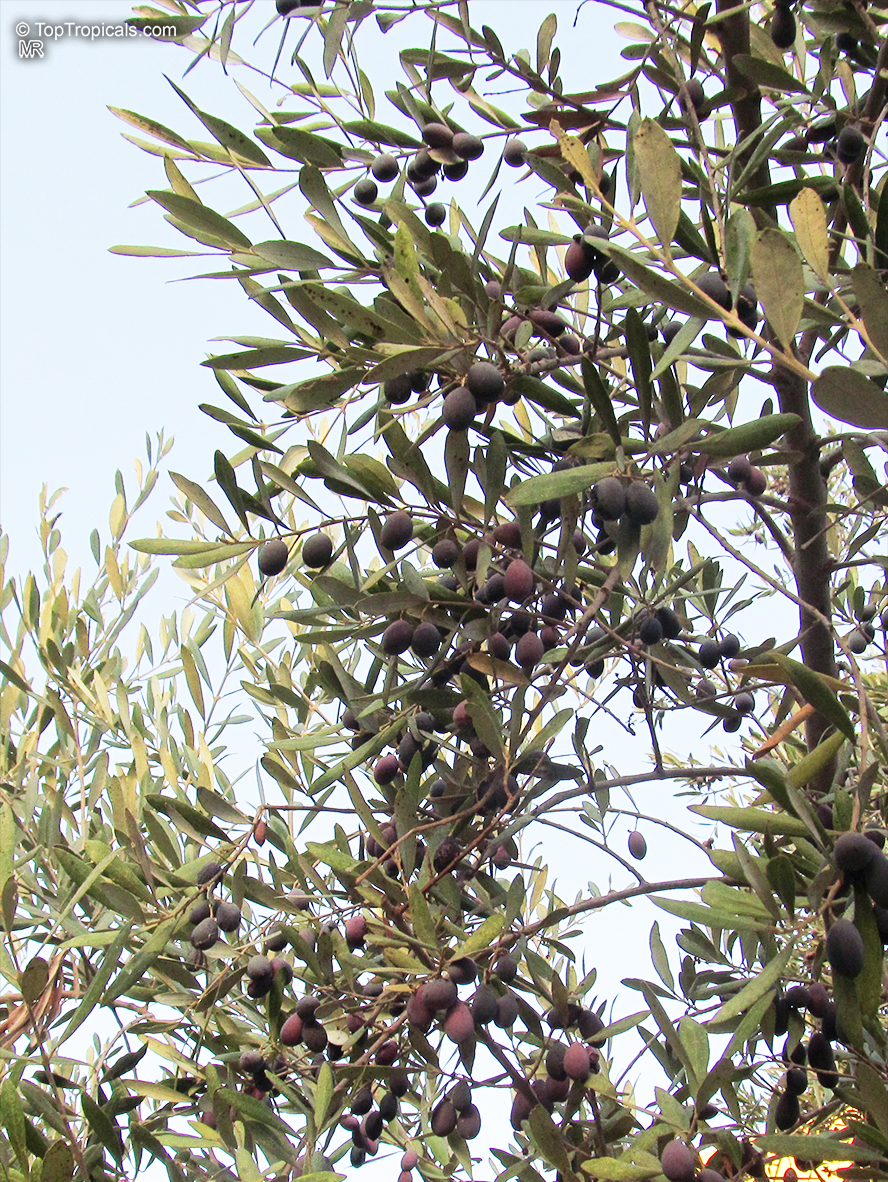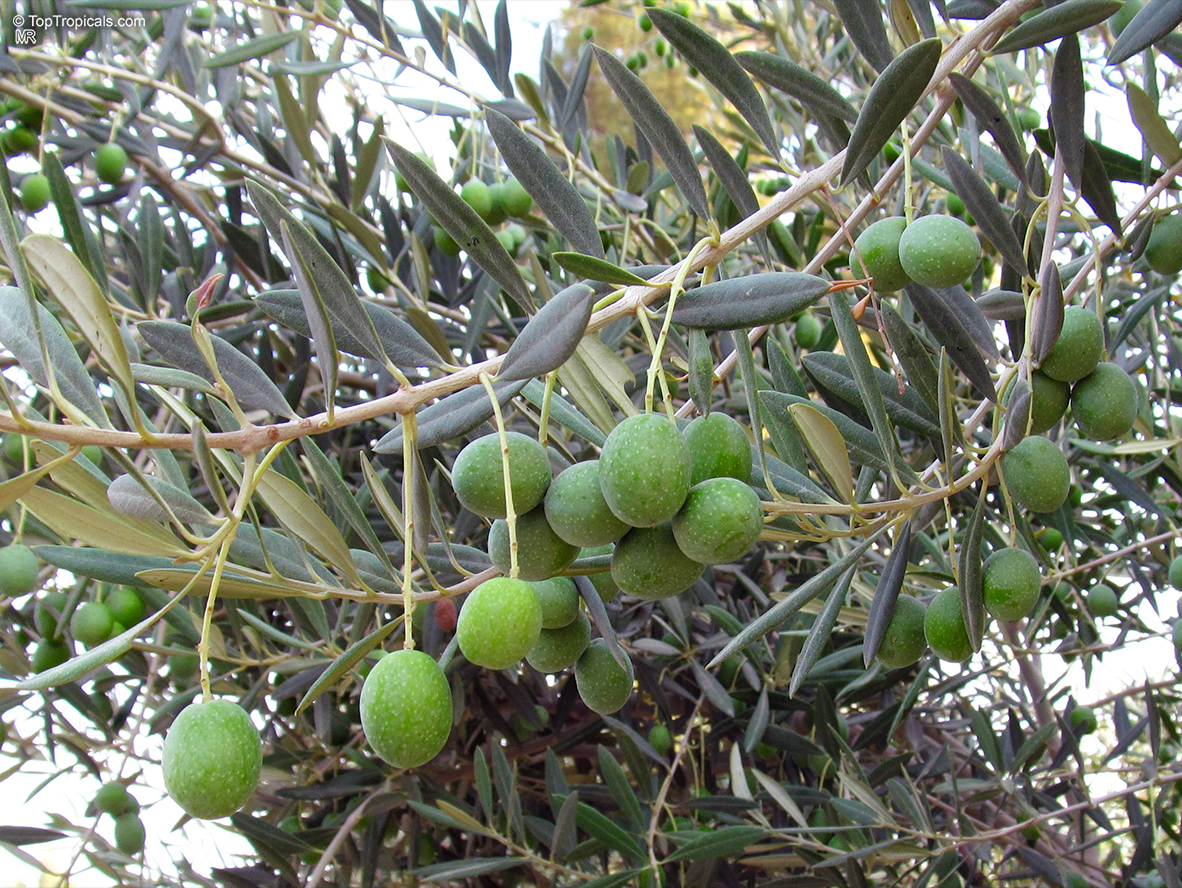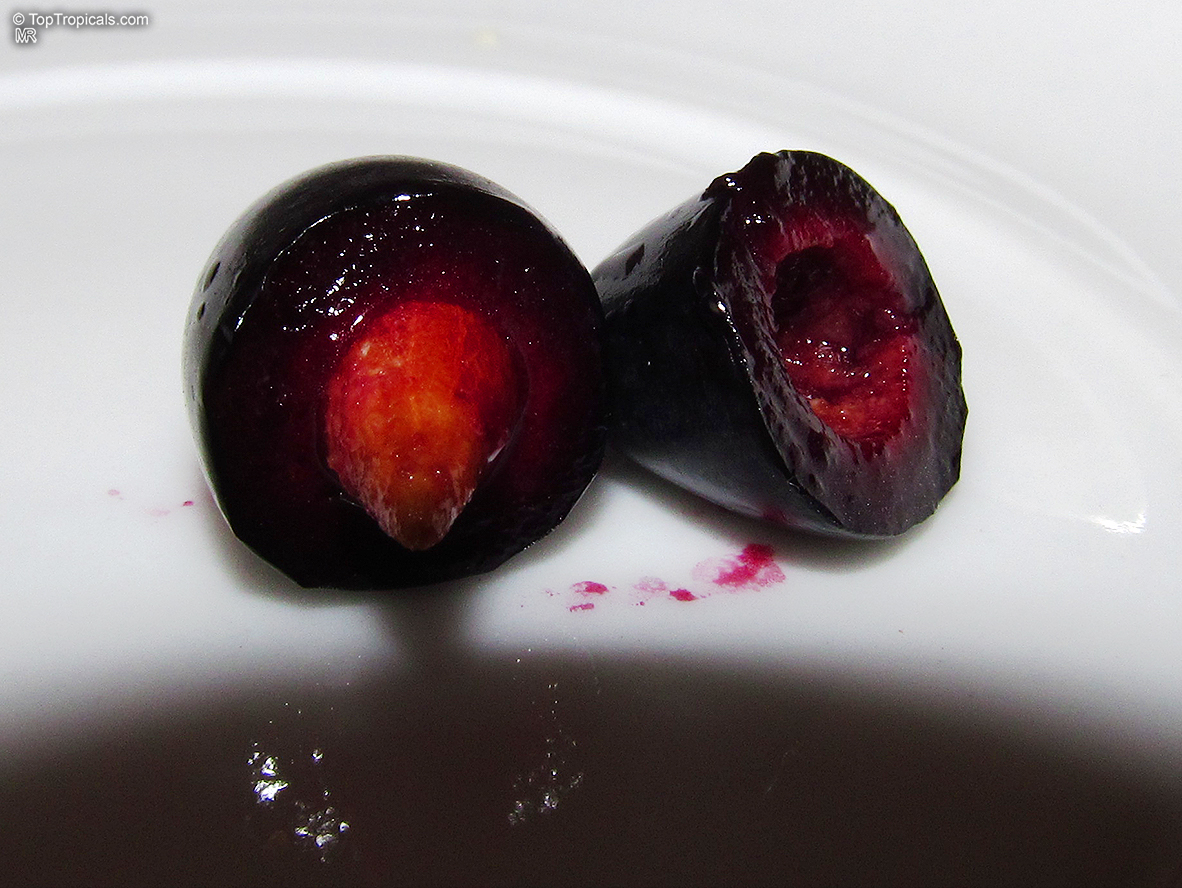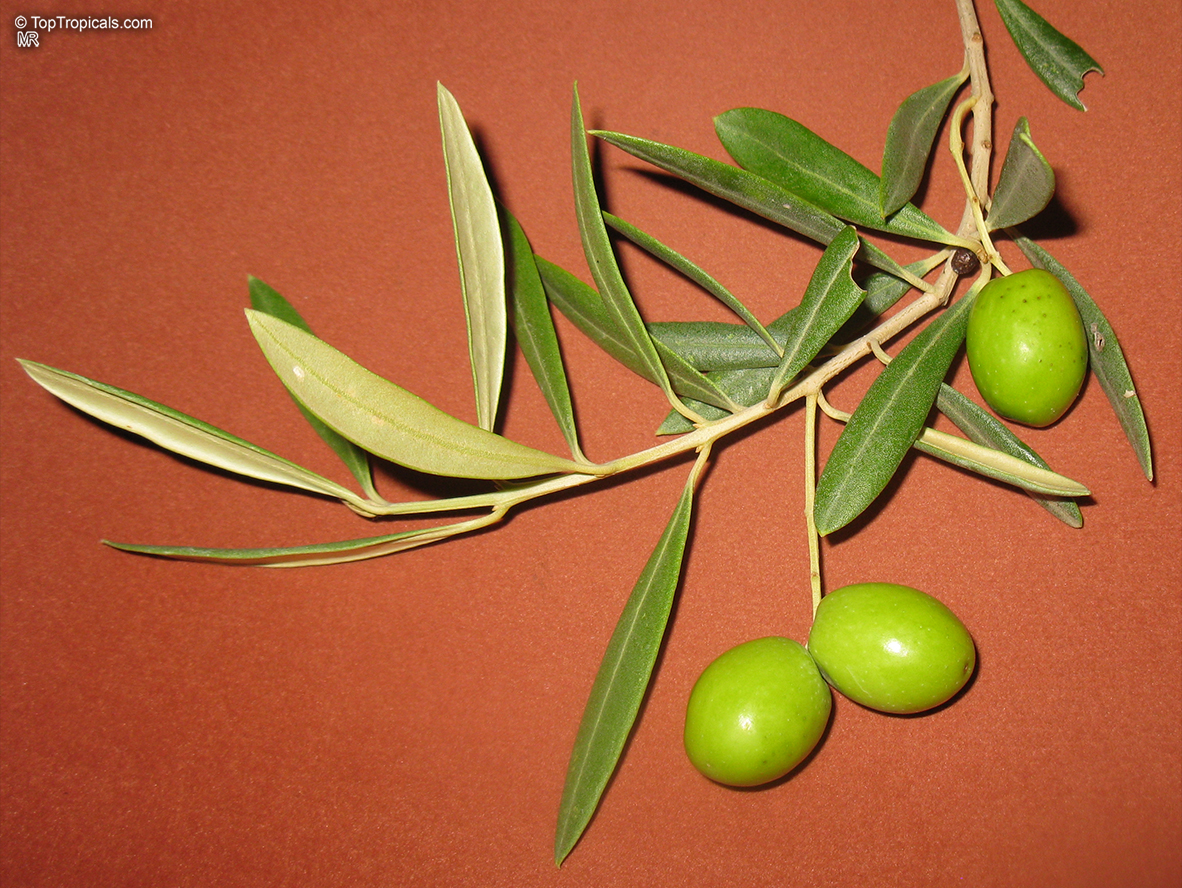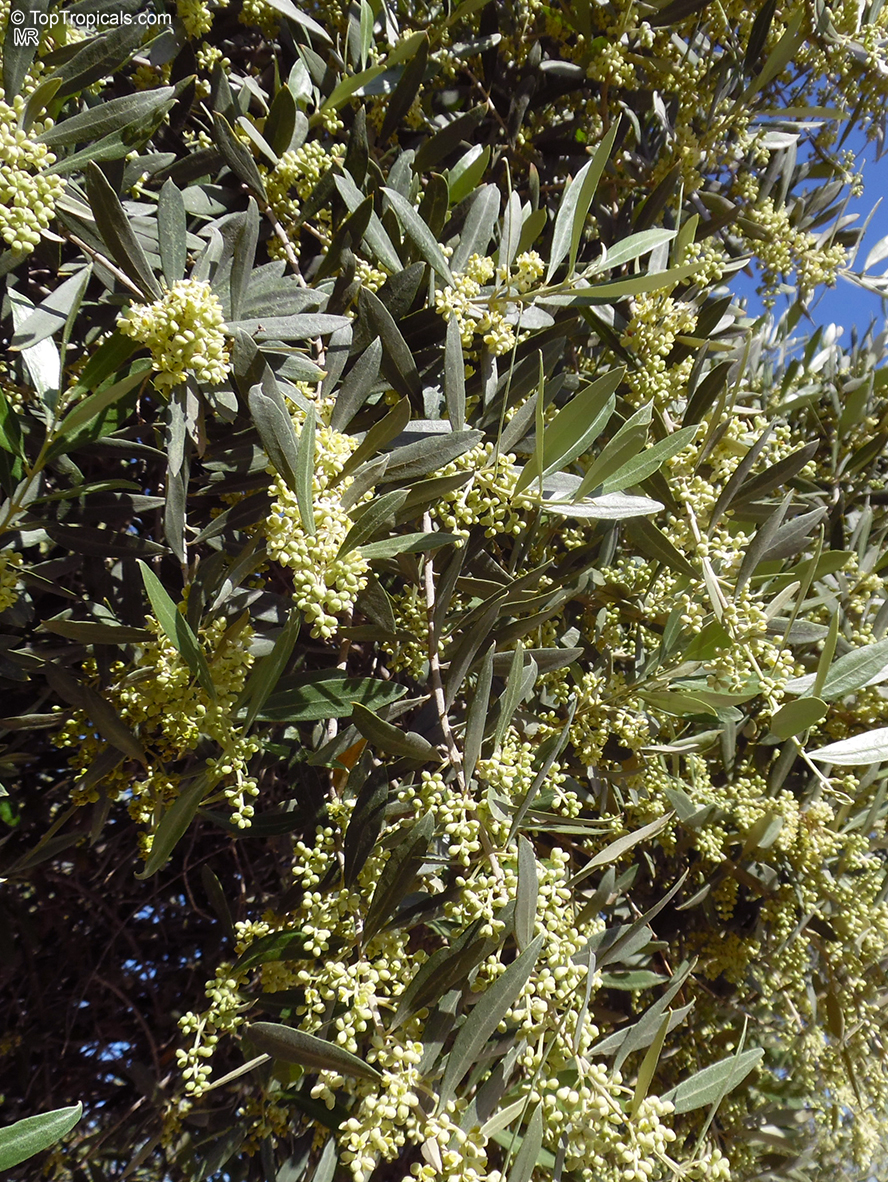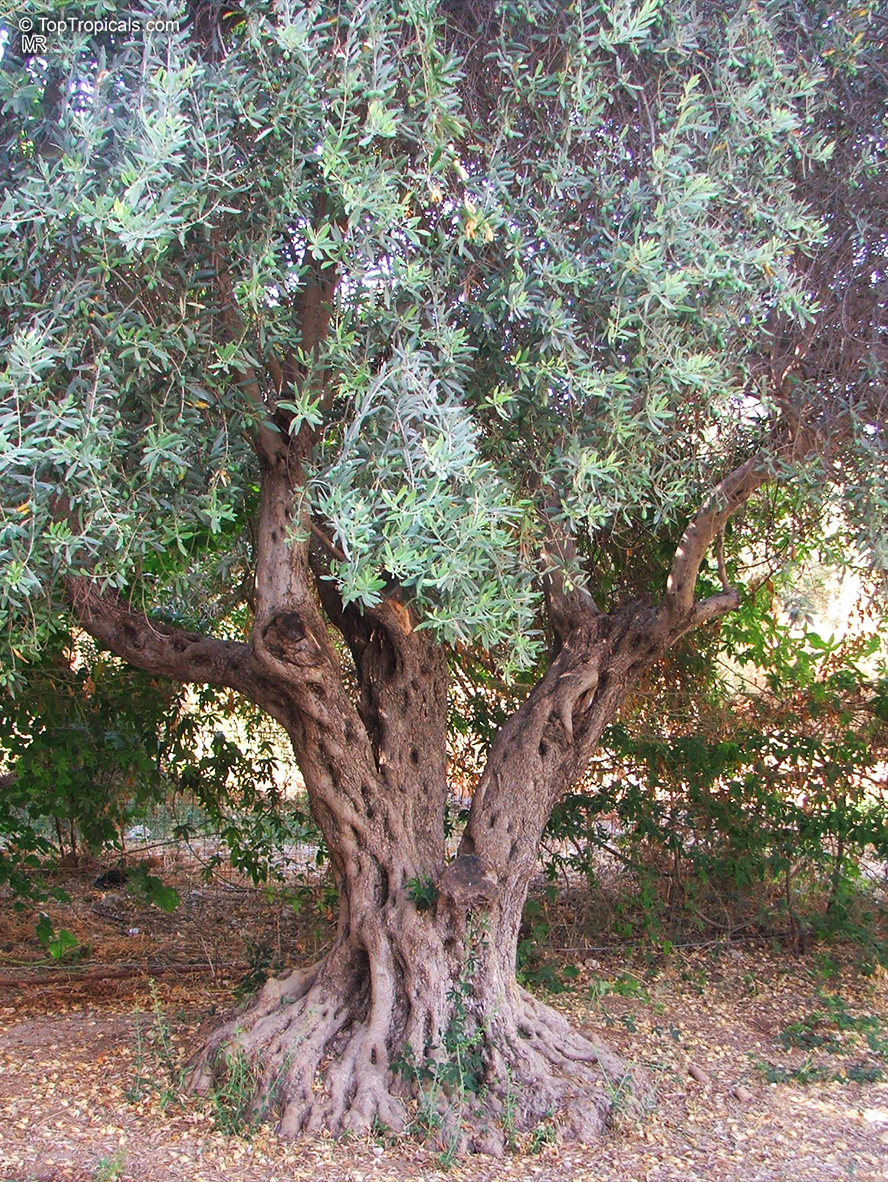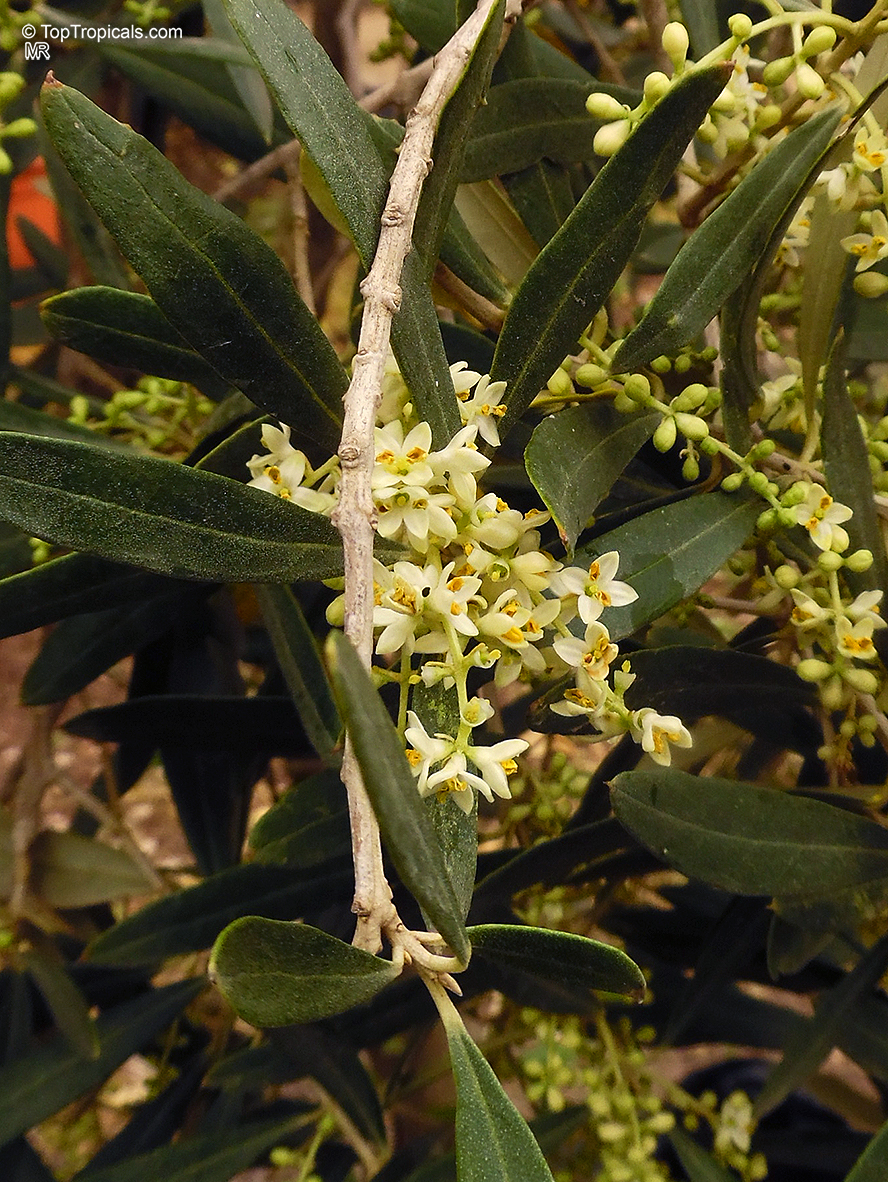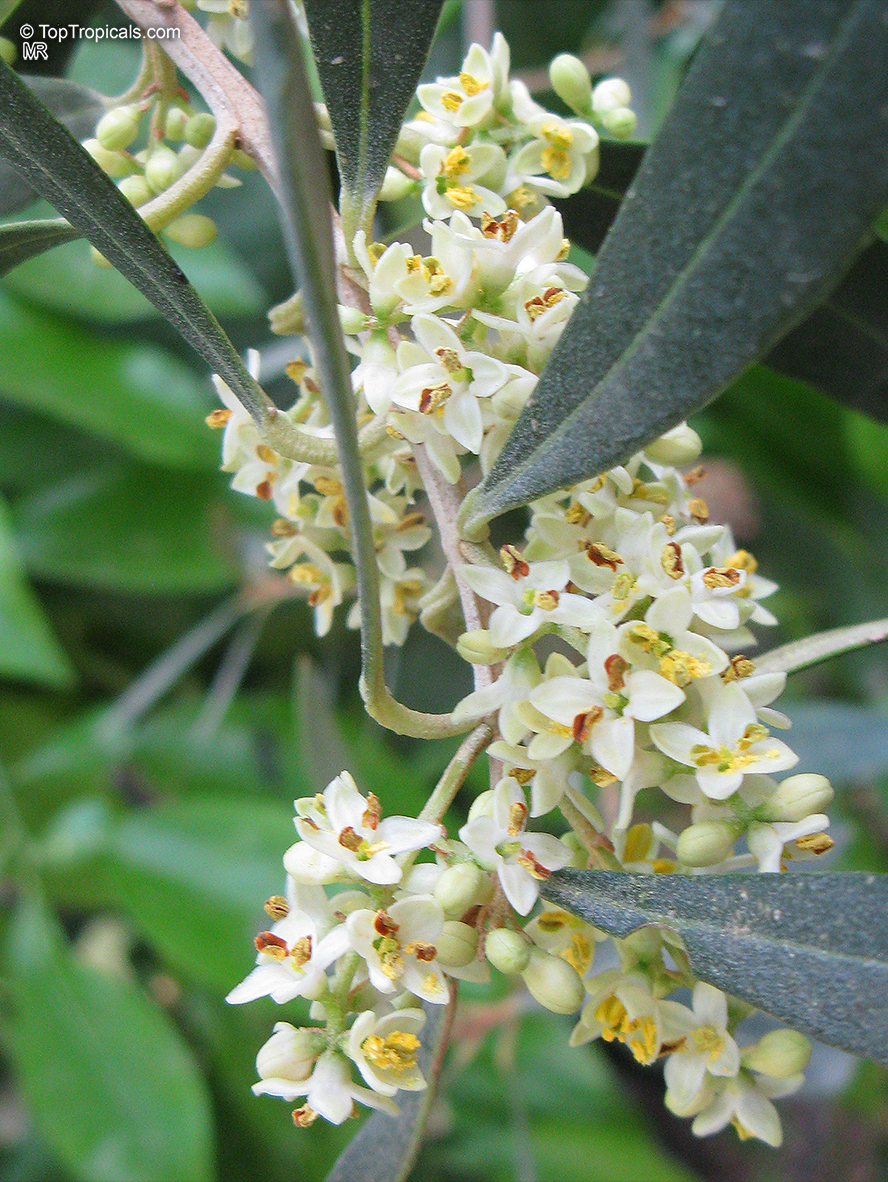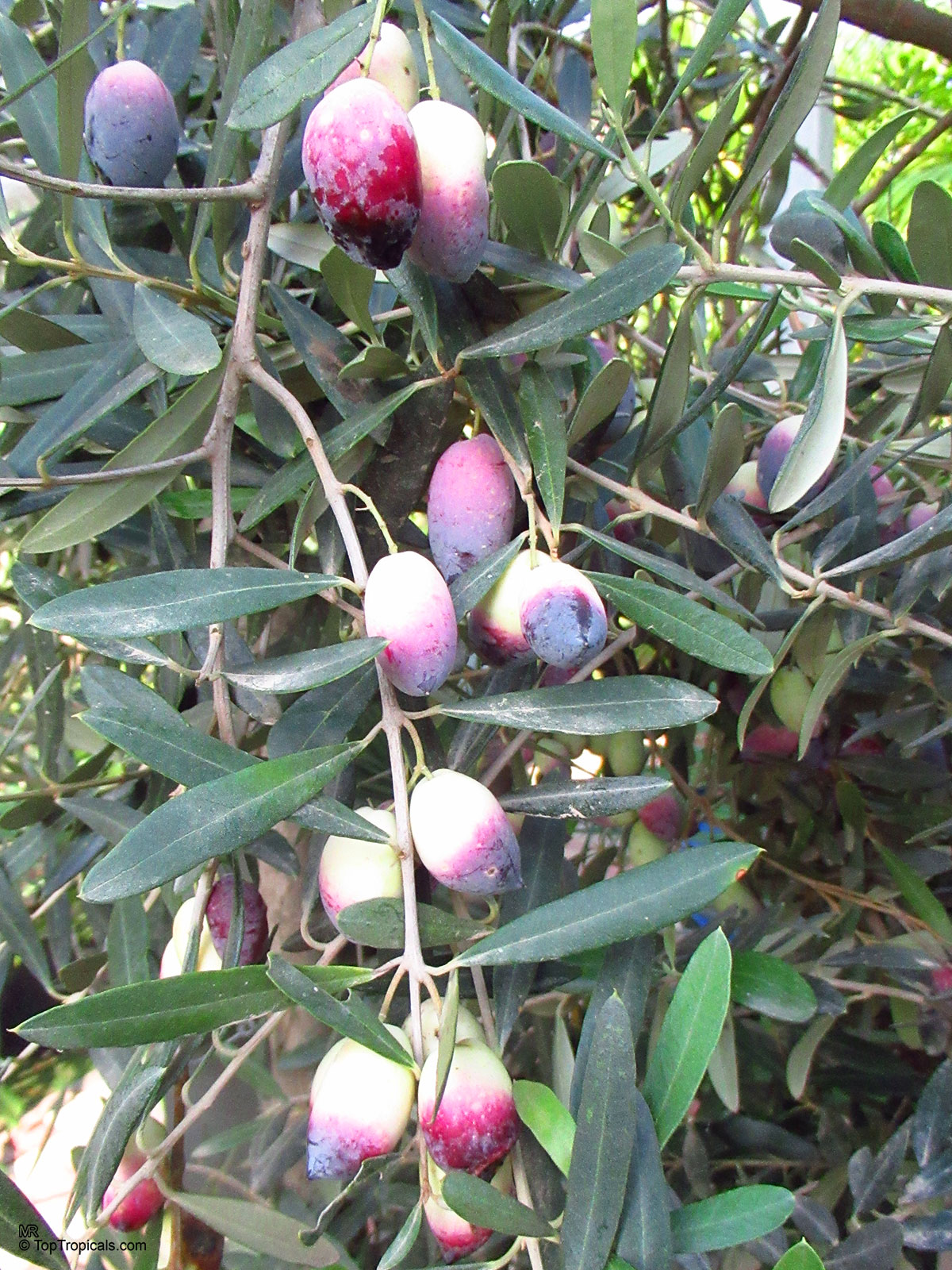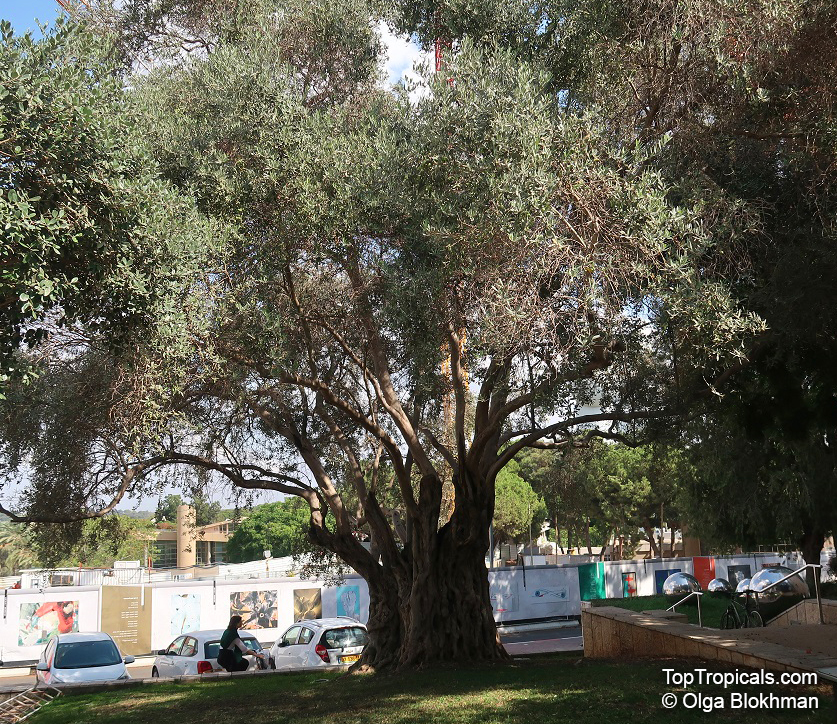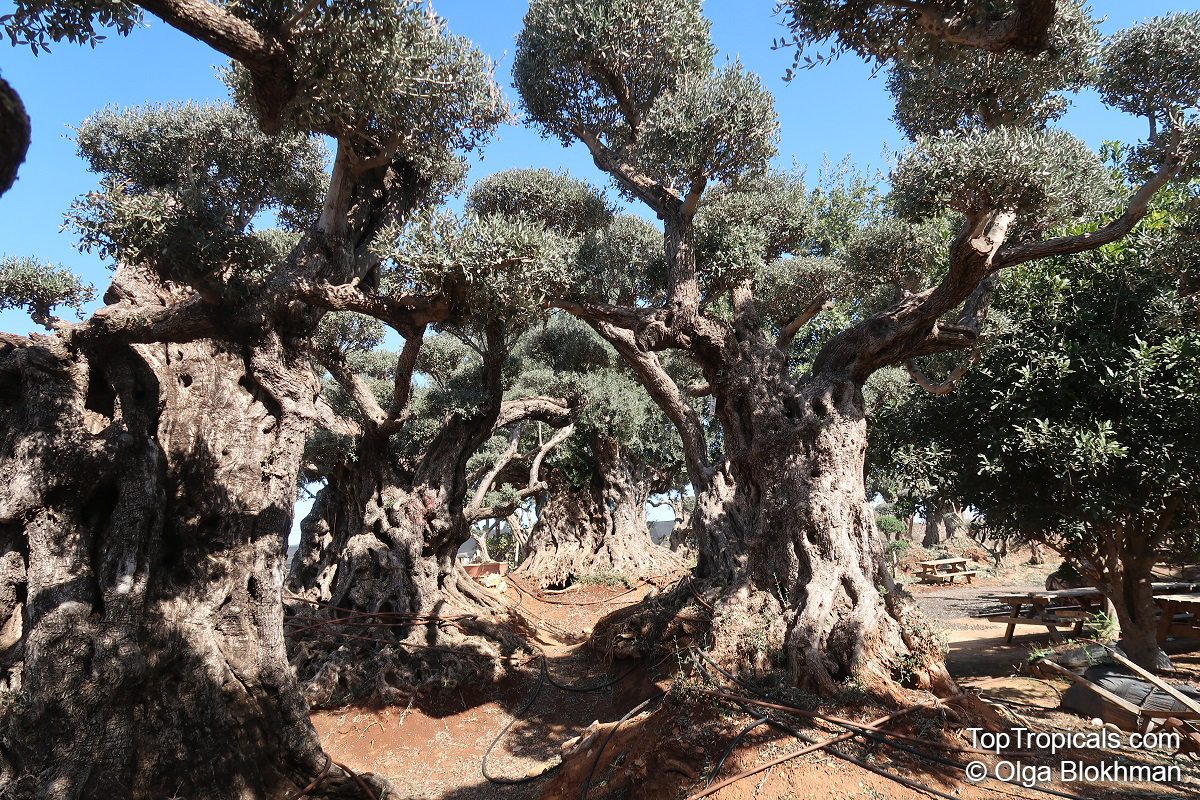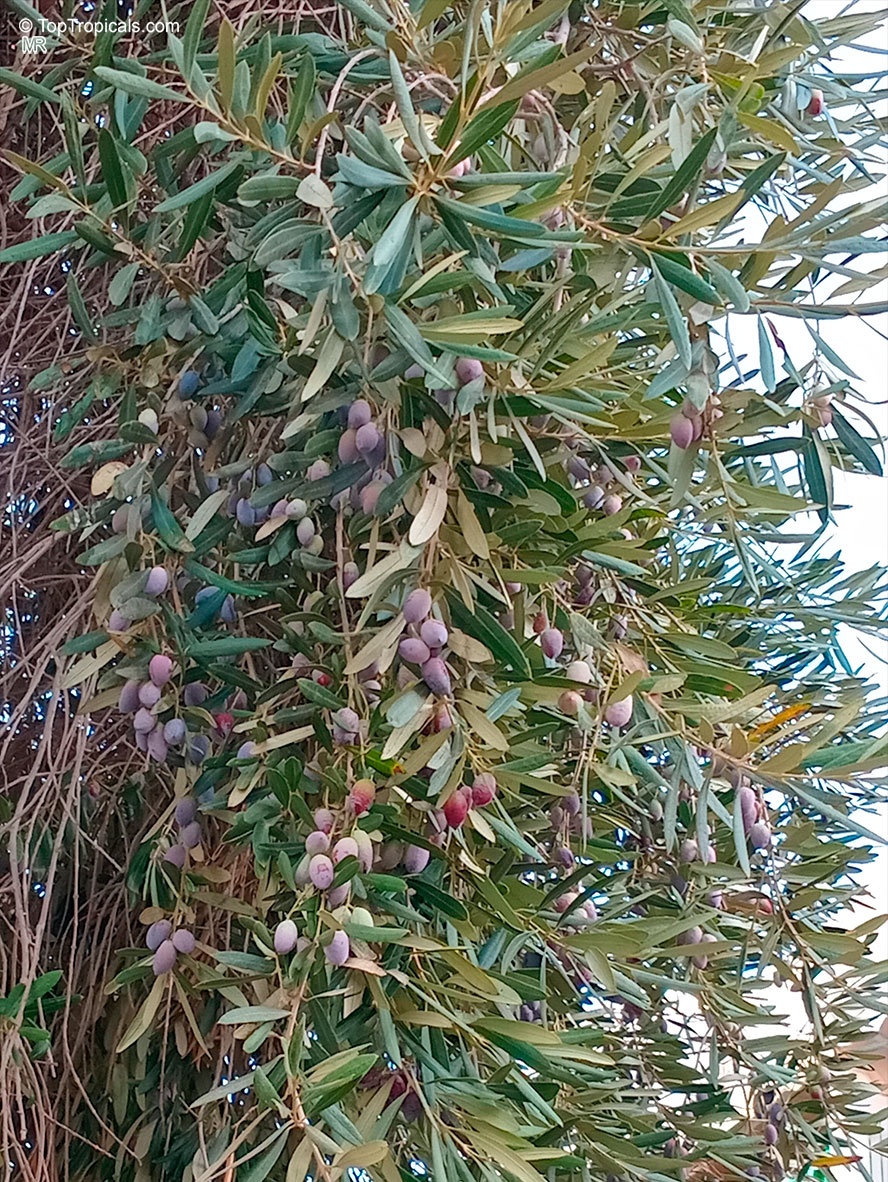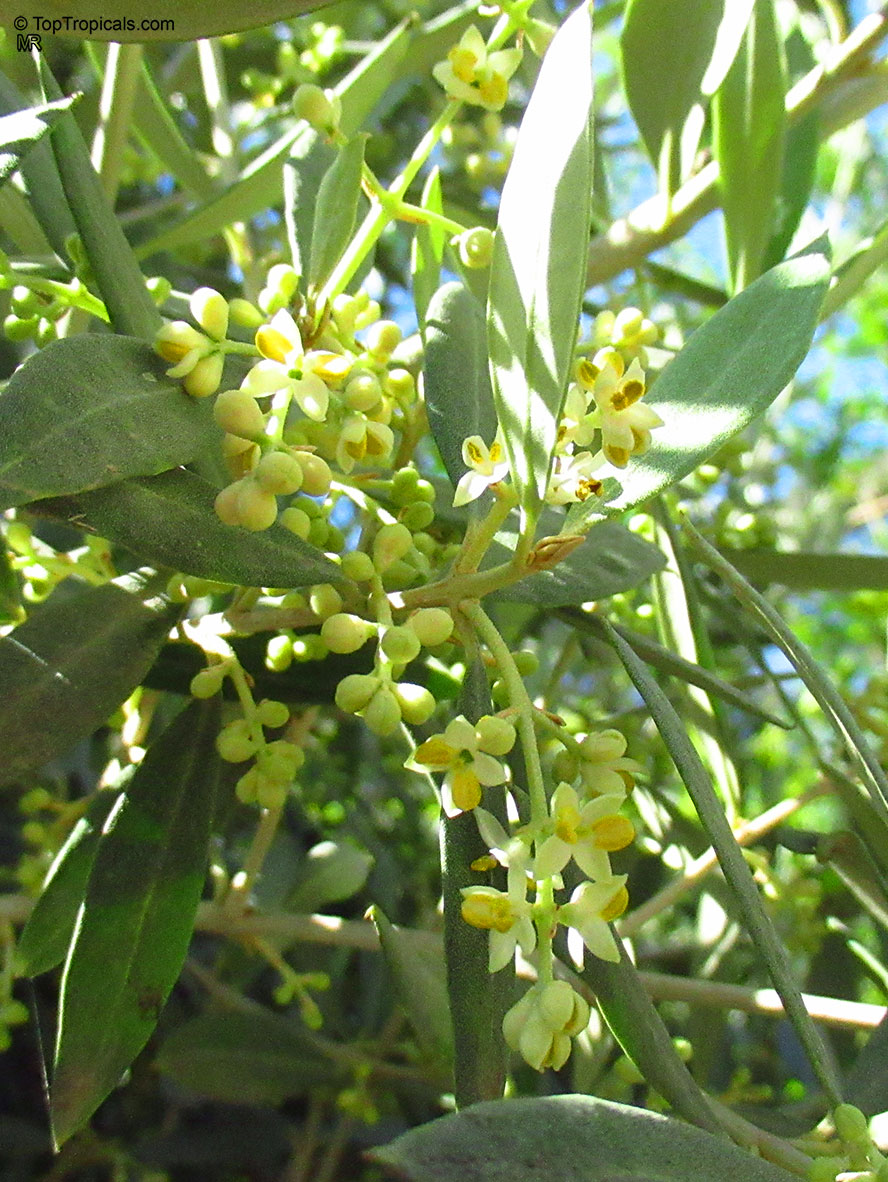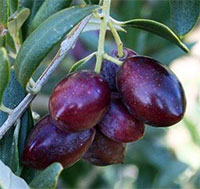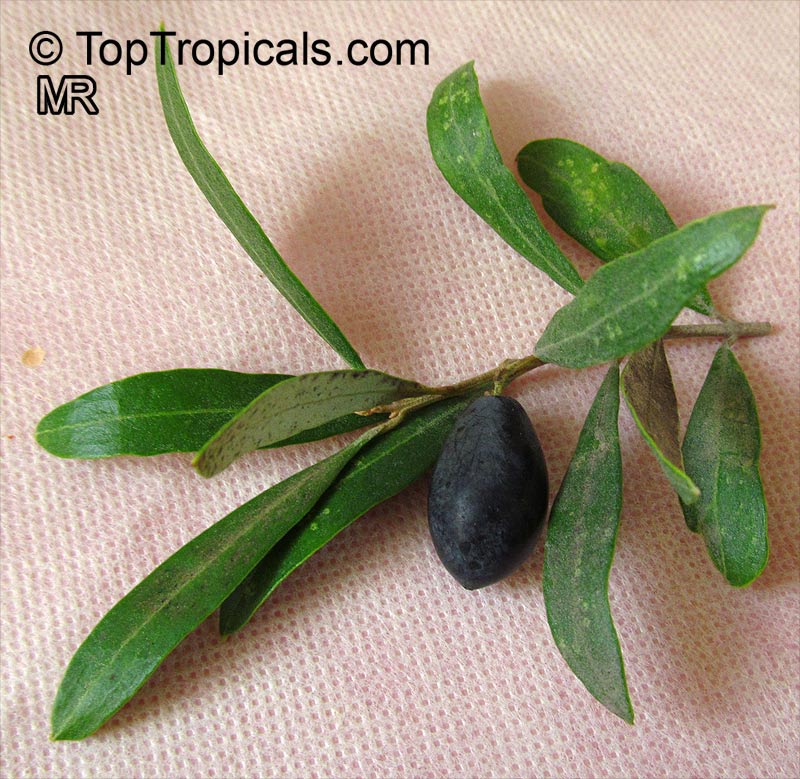Olea europea (Olive)
Top Tropicals Plant Encyclopedia
Botanical name: Olea europea
Common name: Olive
Family: Oleaceae
Origin: Eastern Mediterranean area
Hardiness: 10°F









Olea europea, or the Olive tree, is a hardy and versatile plant native to the Eastern Mediterranean region. It can be used for bonsai, as it grows to between 10-20 feet tall and can grow happily in full sun or even in dry conditions. It requires moderate water but is well-suited for even drought conditions, making it a perfect choice for those in drier climates or those who want a low-maintenance garden. This tree is ethnomedical significant, being consumed as a food and used for its oil. It also attracts butterflies and hummingbirds, making it beneficial to both gardeners and nature-lovers alike. In addition, mature plants can survive cold temperatures down to the mid-20s F (USDA Zone 8-10), making it a great choice for more northern climates.
The Olive tree is known for its delicious fruits. Each tree can produce hundreds of olives per year, depending on the variety and growing conditions. Olives are high in antioxidants, anti-inflammatory compounds, and vitamin E, making them a nutritious addition to many diets. They can be eaten raw, or pickled, or even pressed to produce the famous olive oil. This oil is used both in cooking as well as in beauty products, as it is high in nutrients and known for its healing properties.
As an olive tree grows, it needs regular care to make sure it performs its best. In areas with cold winters, they should be planted in containers and brought indoors when temperatures dip. They also need soil high in organic matter and well-drained, so a soil amendment is necessary before planting. In terms of pruning, the tree should be pruned only to remove dead or damaged parts; it does not need to be regularly pruned. Lastly, it is important to give the olive tree enough water to establish itself and thrive, especially during the hotter months of the year.
Read more about Olive tree: How to make your Olive tree grow faster.
Similar plants: Olea europea (Olive)
Recommended Fertilizer: SUNSHINE C-Cibus - Crop Nutrition Booster
SUNSHINE-Honey - sugar booster
Recommended Fertilizer: SUNSHINE C-Cibus - Crop Nutrition Booster
SUNSHINE-Honey - sugar booster
Recommended Fertilizer: SUNSHINE C-Cibus - Crop Nutrition Booster
SUNSHINE-Honey - sugar booster
